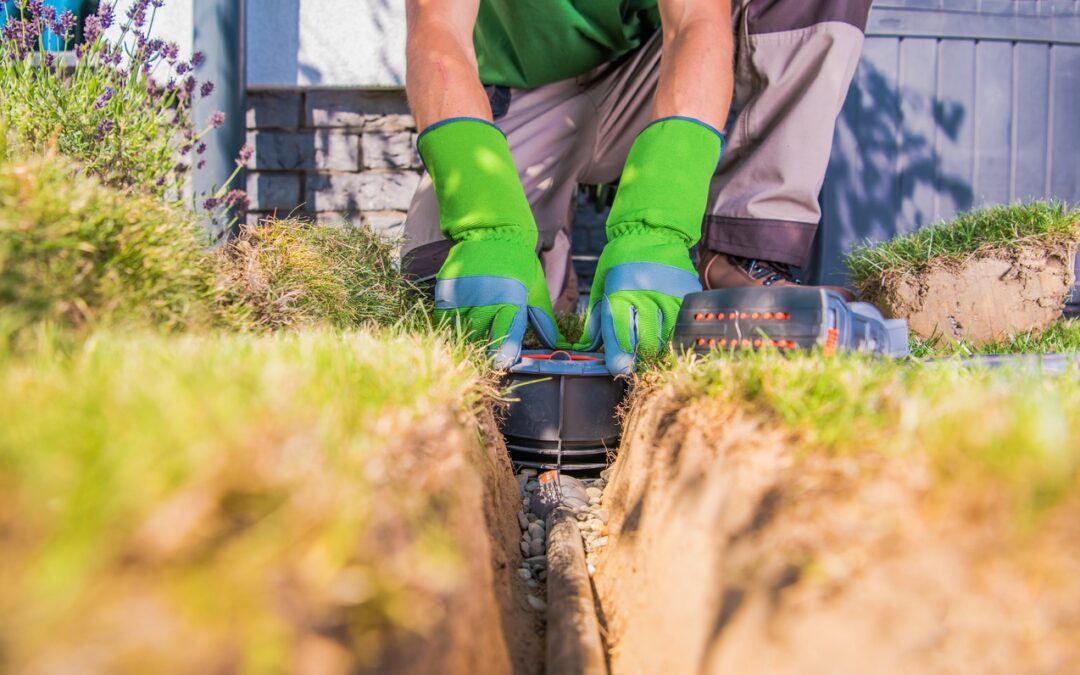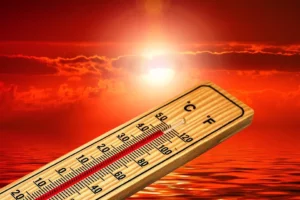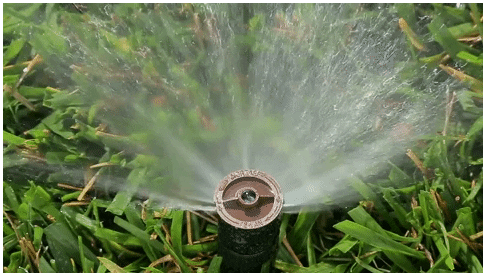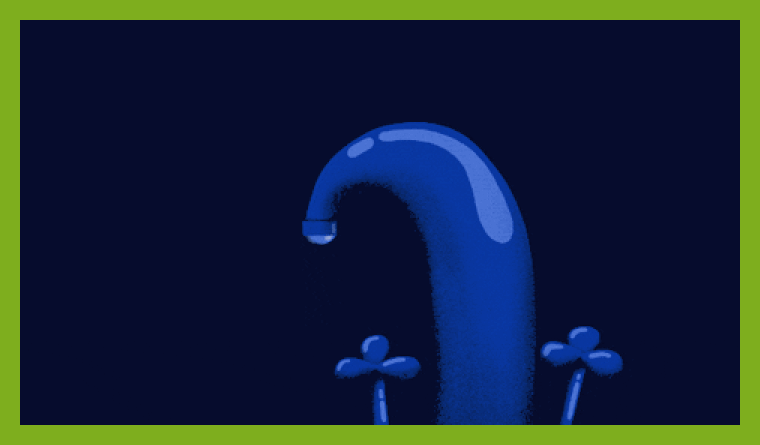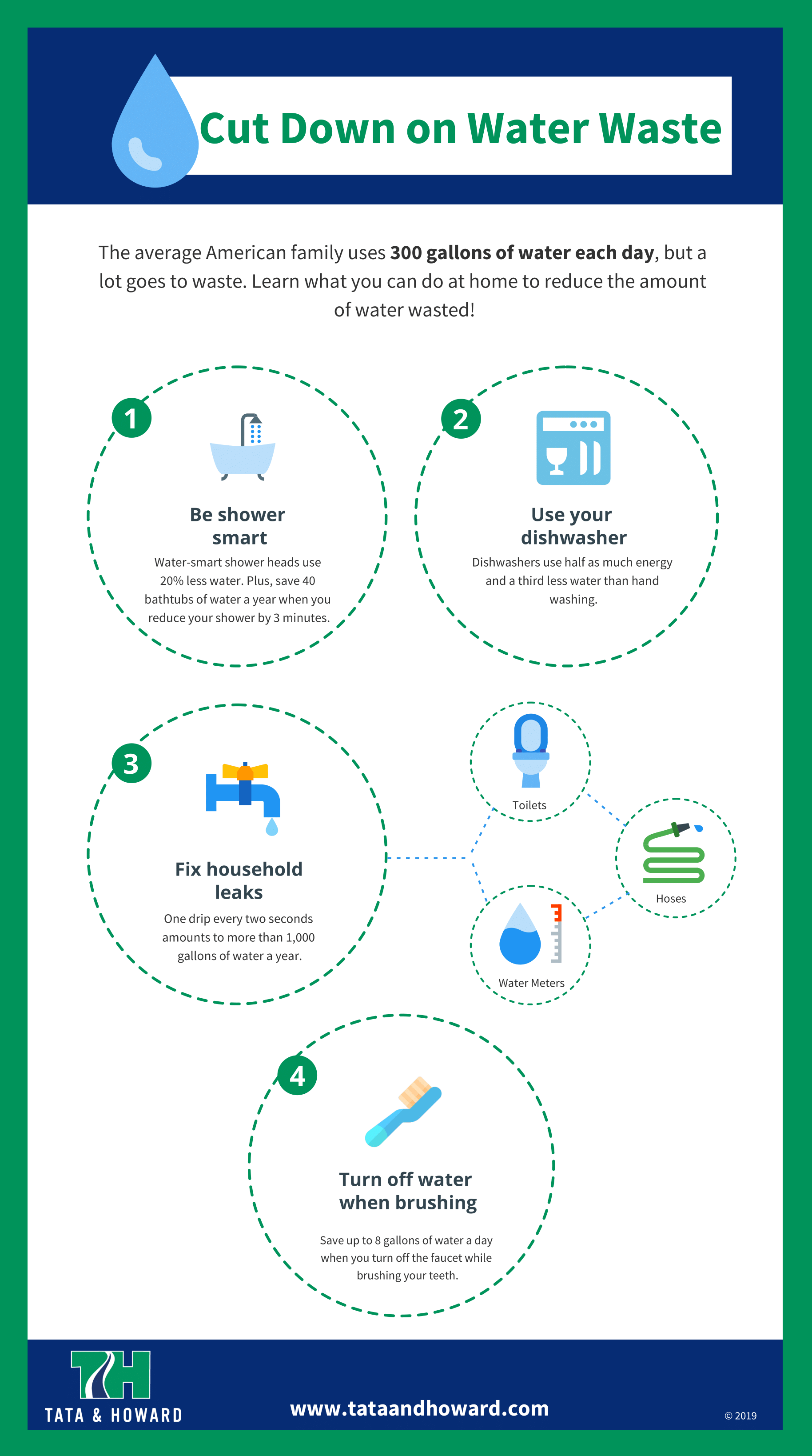
by ohioia_e612r2 | Feb 9, 2023
Join Us February 22, 2023 at the
Ohio Statehouse for Advocacy Day!
Join the industry partners of OhioPLANT in the upcoming Green Industry Advocacy Day scheduled for Tuesday, February 22, 2023 at the Ohio Statehouse in Columbus. Show your organization is part of a multi-billion dollar industry in Ohio and the importance of having a presence with Ohio’s new 135th General Assembly.
OhioPLANT is a coalition of pesticide, landscape, agriculture, nursery, and turf professionals who collaboratively advocate on behalf of those professions represented. This unified voice has made OhioPLANT the go-to resource for our state agencies and elected officials when discussing matters impacting these industries.
Tentative schedule of the day:
| 8:30 – 9:30 AM |
Legislative Breakfast Reception |
| 9:30 – 10:00 AM |
OhioPLANT Update – Tony Seegers. Esq. |
| 10:00 – 10:30 AM |
Guest Speaker TBD |
| 10:30 – 11:00 AM |
Guest Speaker TBD |
| 11:00 AM and on |
Appointments with legislators
Boxed lunch at your convenience |
Ohio Green Industry Advocacy Day is hosted by industry partners of OhioPLANT.
Don’t miss this unique opportunity to network with green industry colleagues, meet with your state legislators, and make your voice heard on issues critical to irrigation professionals.
 This year, our participation in this grassroots effort is more important than ever before.
This year, our participation in this grassroots effort is more important than ever before.
House and Senate term limits mean there will be many new faces in the state legislature, as well as in committees and chairs. Let’s make ourselves known to them!
Free to Ohio IA Members
Ohio Green Industry Advocacy Day is FREE to Ohio IA members.
As one of the events sponsors, we’re counting on you. Legislative and regulatory advocacy is one of the key benefits of Ohio IA membership which is strengthened by your active participation.
Advocacy Day provides a unique opportunity to build relationships with both green industry business partners, and members of the Ohio legislature and their staff. After all, who can tell our story better than you?

REGISTRATION
Free to Ohio IA members


What to Expect
The morning session will feature key legislative speakers, after which attendees will be briefed on discussion issues for the legislative meetings scheduled in the afternoon.
The afternoon meetings with elected officials provide an opportunity to discuss key irrigation issues (like water quality, water quantity, and environmental reforms) and state policymakers. Our legislators must hear from us in order to make informed decisions about issues critical to our industry.
Sources:
Featured Image: Pixabay
Ohio Nursery and Landscape Association

by Tom Barrett | Oct 18, 2022
4 Tips for Retrofitting and
Upgrading Irrigation Systems
Winterization season is a great time to evaluate your customers’ irrigation systems and suggest retrofitting or upgrading outdated equipment and software for the coming year.
Irrigation technology is continually advancing as sustainability and water efficiency become increasingly important. As a result, the opportunity to enhance sales by retrofitting and upgrading current systems is huge.
Mark Your Calendar!

MidwestGREEN, OGIA’s annual signature event, is scheduled for Nov. 1-3, at the Columbus Convention Center.
For more information
and to register…

In the past, irrigation systems were upgraded only when they ceased functioning properly. Not so anymore. Today customers may want to augment their existing system with water-efficient controllers or other solutions. They’re seeking out smart controllers and nozzles that use less water and prevent runoff. And they want the convenience of mobile connectivity.
4 Tips to Consider
Here are four tips to consider before embarking on an irrigation system upgrade or retrofit:
#1. Familiarize Yourself with the Currently Installed System
Gather as much information as possible from the homeowner regarding the current system. Determine how old the system is and learn about its efficiency and history.
The simplest way to do this is to review the service calls, noting the required repair type (pipe break, broken sprinkler, bad solenoid, etc.). This information will help you identify trends.
#2. Identify If the System Needs an Upgrade or a Retrofit
Is the intention to improve the existing system’s performance (upgrade) or completely replace it (retrofit)? Retrofitting involves both software and hardware modifications, while upgrading focuses solely on software improvements. Knowing this will help you ascertain the level of difficulty the project will entail and the best options for a successful upgrade or retrofit.

Need Winterization Tips?
For a complete guide to winterizing irrigation systems, check out these past articles:
For instance, a maturing landscape may interfere with the system’s water distribution. (This is especially true for drip irrigation systems.) You may need to relocate the sprinklers or even install a different type of system altogether. On the other hand, the mature landscape may just require more water; upgrading the controller’s software may be all that’s needed to improve distribution and efficiency.
#3. Determine Budget Constraints
Identify the priorities based on the homeowner’s budget. Your preferred supplier can offer cost-effective upgrades that won’t break the bank. On the other hand, systems that require a complete overhaul can be expensive. If the homeowner does not have the cash on hand for such an expense, financing is a great option. (See sidebar below, “Customer Financing Benefits.”)
#4. Consider How It All Fits Together
How does it all fit together? Are the existing hydraulics powerful enough to water everything in the allotted time? Are the rotor zones using matched precipitation rate nozzles? It’s an easy change and will greatly improve the system uniformity. Additionally, in older systems, nozzles can wear out. This is usually indicated when the water stream from the nozzle is ragged and rough. A worn nozzle will also experience a radius reduction.
–Article Continues Below–

How far are your upgrades from the controller? More than 1,100 feet and you may need to run more electrical. Lastly, consider how your customer will be connecting to the controller. Is it through ethernet, cellular, or Wi-Fi? While ethernet is faster and more dependable, Wi-Fi and cellular offer mobile control.
Products for Irrigation Retrofits
Here are a few products and equipment that have retrofit capabilities.
Tucor Hybrid 3D
The Tucor Hybrid 3D is a simple plug-and-play device that allows you to add a master valve, flow sensor, and 1-24 new valves to any irrigation controller using existing wires. It can also convert a conventional controller to a Tucor 2-Wire decoder system. No need to run additional control or communication wires and cables in order to expand the existing system.
Rain Bird Spray-to-Drip Retrofit Kit

Customer Financing Benefits
If your irrigation business is not yet offering customer financing, here are a few reasons to consider it:
- Accelerates the Sales Process. Offering flexible financing at the point of sale minimizes pricing objections and helps close deals faster.
- Increases Customer Retention. Helping your customer manage his budget and cash flow will create a strong connection that can lead to the next sale.
- Delivers a Great Customer Experience. Leveraging customer financing lets you eliminate the sting of sticker shock and shift the conversation away from budget constraints to the value an upgraded irrigation system provides.
- Gives Your Business an Edge. Offering customer financing can give you a competitive edge, allowing smaller businesses to compete with larger ones.
- Attracts New Customers. Research indicates that the top-performing home improvement contractors offer customer financing. Prospective customers shopping around for an irrigation contractor may be more likely to choose one offering financing options.
Source: DLL Group
This simple kit easily converts each sprinkler head into a 6-port drip emitter watering system. The 1800 Retro internal assembly is easily installed into any existing Rain Bird 1804 spray head bodies to retrofit the current system to Xerigation® products.
Kit includes three) 1 GPH and three 2 GPH drip emitters to allow flow variation, fine mesh filter, 30 PSI pressure regulator, and manifold that connects to 1/4 in. tubing.
Hunter MP Rotators
Hunter’s MP Rotators apply water using heavy droplet streams at a matched precipitation rate. The slower application rate allows water to soak into the soil gently and achieves an even distribution throughout the irrigated area. The MP Rotator can replace the sprinkler head on any conventional spray head body or shrub adapter.
Hunter HCC Retrofit Kit for ICC & ICC2
Hunter also offers a Retrofit Upgrade Kit for its ICC and ICC2 controllers. This kit contains everything needed to upgrade to wifi control using the Hydrawise software — essentially converting the ICC controller to the new HCC controller — including a 3.2″ full-color touchscreen display for Wi-Fi setup, zone testing, and offline programming at the control panel. The Hydawwise software provides easy contractor access to the system via any smartphone.
Baseline Systems BaseStation 3200™
The BaseStation 3200™ supports Baseline’s two-wire technology, as well as conventional wire and retrofit solutions. Its advanced flow management features and flexible communication options allow users to network devices through the cloud or local area networks.
For difficult retrofitting situations or complex irrigation sites, Baseline SubStations can be wirelessly connected to the controller.
Sources:
Featured Image: Adobe, License Granted
Turf Magazine
Central Turf & Irrigation Supply

by Tom Barrett | Jul 6, 2022
“Why Does My Lawn Look Dead?”
Along with July’s intense summer heat comes the prospect of seasonal drought.
In Ohio, we get more than our fair share of 90-degree summer days. These extreme temperatures and dry periods can cause cool-season grasses, such as bluegrass and fescue, to become dormant. That’s when irrigation contractors can expect to receive calls from concerned homeowners.
Have an Education Plan
The prepared contractor has a plan in place to address these customer concerns. You can help alleviate homeowner concerns by educating them on the grass germination and growth process.

Ohio’s Hottest Summer
July 1934 was the hottest month ever recorded in Ohio, setting the following heat records:
- Columbus – 106° F
- Bowling Green – 107° F
- Delaware – 108° F
- Cincinnati – 109° F
- Findlay – 109° F
- Chillicothe – 109° F
- Fremont -110° F
- Wilmington – 111° F
- Hamilton – 111° F
- Defiance – 111° F
- Gallipolis – 113° F
About 160 Ohioans died of heat-related causes during the week of July 20-26, 1934. More recently, during an extreme heat wave in July 2019, the mercury levels climbed to 112 degrees in northern Ohio.
Source: Cleveland.com
For instance, explain how different seeds germinate at different times, and the importance of watering longer but less often.
Your customers need to know that dormancy is nature’s defense mechanism to help plants survive tough, stressful conditions. Avoiding it completely during the dog days of summer can be difficult, but there are things they can do to help lessen its impact.
In general, lawns that have gone dormant should be left dormant until cooler weather sets in. Occasional watering will help prevent damage, but don’t overdo it. Overwatering a lawn in an effort to “wake it up,” can be very stressful to the turf.
Inform your customers that bluegrass can typically withstand about six weeks of dormancy before it suffers drought damage. Factors that can accelerate dormancy include secondary heat from buildings or fences, or south-facing slopes.
Seasonal Drought Survival Tips
Provide your customers with these practical tips on how they can mitigate the effects of dormancy on their lawns:
- Grow drought-tolerant grasses. Most grasses can withstand some dormancy very well, but some grasses cope better than others. For instance, buffalo grass, fine-leaf or tall fescues, and older varieties of Kentucky bluegrass are the most drought-tolerant species found in Ohio.

Columbus-Area
Watering Restrictions
Several municipalities within the Columbus metro area maintain watering schedules year-round, but particularly during the hottest months. For example:
Westerville – Addresses that end in even numbers can water grass on even-numbered days, and those that end in odd numbers on odd-numbered days. (This restriction does not apply to flowerbeds, trees, shrubs and gardens.
Delaware – During periods of limited rainfall, addresses that end in odd numbers can water on Tuesday, Thursday, and Saturday; even-numbered addresses may water on Wednesday, Friday and Sunday. All watering is prohibited on Mondays.
The communities of Gahanna, Dublin, Hilliard, Upper Arlington, Powell, Bexley, Grandview, and Granville impose similar restrictions during the driest months.
Source: Wikilawn
- Newly sodded or seeded lawns should not go dormant. Grass must be well established in order to survive a period of drought. Likewise, lawn that has been damaged by disease or insects does not tolerate dormancy well. It is advised that you water the lawn regularly to keep it green.
- Keep turf as high as possible by raising the mowing height to 3-4 inches during the hottest time of the year. This allows for deeper root development, and tall grass dries out more slowly than shorter grass.
- Understand a dormant lawn’s water needs. A sleeping lawn needs at least half an inch of water every two to three weeks in order to stay alive. If the lawn is receiving that much rainfall, then there is no need to water at all.
- Minimize traffic on the lawn. Foot or vehicle traffic can kill the grass and cause bare spots in the lawn.
- Once summer passes, thoroughly water the lawn to wake it up. Apply enough water to penetrate the soil down to the root — about six to 12-inches below the ground. After about several weeks of cooler temperatures and adequate precipitation, the lawn will be green once again.
Sources:
Featured Image: Adobe, License Granted
Irrigation & Lighting
Green Industry Pros
LawnEQ

by Tom Barrett | Mar 2, 2022
EPA’s Annual Event Runs from
March 14-20, 2022
Fighting water waste is part of every irrigation professional’s job description. This year’s Fix a Leak Week is a great time to remind your customers of your commitment to water efficiency.
Irrigation System Leaks
One small irrigation system leak — the thickness of a dime — can waste about 6,300 gallons of water each month! Advise your customers of the importance of the spring checkup. To ensure irrigation system components haven’t been damaged by frost or freezing weather, they should always be inspected prior to startup.

Become WaterSense Certified
If you’re not already WaterSense certified, you may want to consider the following exclusive benefits:
- You’ll be included in the EPA’s online Directory of Certified Professionals.
- You can receive work opportunities for new home projects, federal facilities, and LEED® projects.
- You’ll be authorized to use the WaterSense label on your business cards and other promotional items.
- You’ll enjoy increased exposure to potential customers through national EPA recognition as an environmental steward.
- You’ll have access to EPA tools and other resources.
Interested? Click Here.
Are you WaterSense certified? (See sidebar at right.) If so, now’s the time to let your customers know that you’ve passed an EPA program specifically dedicated to improving water efficiency. So not only can you help identify and correct any irrigation system leaks, you can also ensure their system is performing optimally.
About 800 irrigation controllers and more than 340 spray sprinkler bodies have been certified by WaterSense for their water efficiency. It’s a good idea to carry an assortment of these products for your customers.
Other Household Leaks
Research has shown that the typical home wastes between 2,000 and 20,000 gallons of water per year due to leaks. Individually and collectively, the leaks in a single home can easily waste thousands of gallons of water every year, costing both the homeowner and the utility.
So during Fix a Leak Week, remind your customers to check for leaky faucets or showerheads, as well as malfunctioning toilets. This will demonstrate to them that you’re serious about water efficiency.
You can also provide them with some simple ways to pinpoint household leaks. Such as:
—Article Continues Below—

Pinpointing Leaks
 Check your household water usage during one of the colder months (January or February). If a family of four is using more than 12,000 gallons per month, there are some serious leaks.
Check your household water usage during one of the colder months (January or February). If a family of four is using more than 12,000 gallons per month, there are some serious leaks.
 Record the odometer-type number on your water meter. Then turn off all household water for two hours. Then check the meter again. If the number has changed at all, you’ve likely got a leak.
Record the odometer-type number on your water meter. Then turn off all household water for two hours. Then check the meter again. If the number has changed at all, you’ve likely got a leak.
 Identify toilet leaks by placing one drop of food coloring in the toilet tank. After 10 minutes, check the bowl. If there’s color in the bowl, you have a leak.
Identify toilet leaks by placing one drop of food coloring in the toilet tank. After 10 minutes, check the bowl. If there’s color in the bowl, you have a leak.
Some Simple Fixes
 Many faucet leaks can be remedied by simply replacing worn-out washers and gaskets
Many faucet leaks can be remedied by simply replacing worn-out washers and gaskets
 Got a leaky toilet? Try replacing the flapper.
Got a leaky toilet? Try replacing the flapper.
 For a leaky showerhead, make sure there’s a tight connection between the fixture and the pipe stem. Then secure it with pipe tape (also called Teflon tape).
For a leaky showerhead, make sure there’s a tight connection between the fixture and the pipe stem. Then secure it with pipe tape (also called Teflon tape).
For more leak fixes, as well as online tutorials, check out the WaterSense website.
Sources:
Featured Image: Giphy.com
The Washington Post
Water Use It Wisely
Water News Network

by Tom Barrett | Jan 12, 2022
Prevention Devices
Have Got Your Back
The U.S. plumbing code is designed to ensure that the water delivered to an irrigation system never returns to the potable water supply. But without a backflow prevention device, problems can occur, such as the following chilling tale:
A Backflow Horror Story
In December of 2016, the city of Corpus Christi, Texas, received a dirty water complaint from a large asphalt producer. Despite flushing the property’s water main twice, residents reported a “white sudsy liquid” flowing from their taps.
Because the asphalt company had failed to install a backflow preventer on its water line, the corrosive chemical Indulin AA-86 was entering the line whenever water pressure on the property rose higher than the pressure in the main. This caustic emulsifying agent can burn eyes, skin and respiratory tracts. And 24 gallons of it had leaked into the water supply. Indulin AA-86 cannot be boiled out of tap water, so the city had to place a four-day ban on water usage until the emergency passed.
![]()

Degree of Hazard
“Degree of hazard” is a core concept in backflow terminology. It refers to the level of risk posed by a particular substance when it enters a water supply. An example of a low hazard would be food dye, which may be aesthetically unpleasant, but poses no threat to human health. Low hazard materials are also called “pollutants.”
Examples of high-hazard materials are motor oil, pesticides, fertilizers, and animal waste. These all pose a risk to human health, and are classified as “contaminants.”
Backflow incidents occur more often than you might think. That’s why an increasing number of municipalities are mandating the installation of backflow prevention devices – for residential as well as commercial properties.
Two Types of Backflow
There are two types of backflow incidents: backpressure and back-siphonage. Backpressure occurs whenever water pressure on a property becomes higher than the water pressure in the mains, forcing used water back into the system. Back-siphonage occurs whenever water pressure in the mains drops below that of the property, sucking non-potable water from the property’s water line and depositing it back into the mains.
Some backflow devices will prevent only one type of backflow, while others will prevent both.
A backflow incident involves three factors:
- A cross-connection between two water lines
- Hydraulic forces (either back-siphonage or backpressure
- A hazard, resulting in non-potable water.
Backflow Prevention Devices
While the public will be protected from any type of backflow device on a homeowner’s property, the homeowner himself will be protected by having a separate device for the irrigation system. Without it, the property owner could end up drinking toxins or water contaminated by bacteria.
The three most common backflow preventers are:
- Pressure Vacuum Breaker (PVB) — the simplest and least expensive device; prevents back-siphonage only.
- Double Check Valve Assembly (DCVA) – prevents both back-siphonage and backpressure; good for underground irrigation systems; not rated for conditions with a high degree of hazard.
- Reduced pressure zone (RPZ) – most complex and expensive device; prevents both back-siphonage and backpressure; good for conditions with a high degree of hazard.
All of these devices work to protect the entire irrigation system. A fourth type of backflow device, the atmospheric vacuum breaker (AVB), is installed on each individual zone.
Become a Backflow Tester
The Ohio Plumbing Code requires that every backflow prevention device must be tested at least once a year. If you’re already installing these devices for your customers, why not go the extra mile and become a certified backflow tester? Backflow testing is a lucrative business, especially now with increased demand for greywater and rainwater collection systems.
![]()

Backflow Training Centers
Here are the locations of Ohio’s major backflow training centers:
Here’s the process for becoming a certified backflow tester in the state of Ohio:
- Complete the Application for Backflow Tester Certification, provided by the Ohio Department of Commerce.
- Locate a state-authorized backflow training facility. (See box at right.) You must complete about 35 to 40 hours of training and pass the practical exam before you can move on to the next step.
- Pass the written exam, administered by the state of Ohio.
- Once you pass the written exam, you will receive by mail a three-year certificate, and your name will be entered into the Ohio backflow testing database. After three years, you must be recertified.
Here’s how Sean Mullarkey, of TriState Water Works, explains the certification process:
Sources:
Featured Image: Adobe, License Granted
Irrigation & Green Industry
American Backflow Prevention Association
IrrigationRepair.com

 This year, our participation in this grassroots effort is more important than ever before.
This year, our participation in this grassroots effort is more important than ever before.![]()


